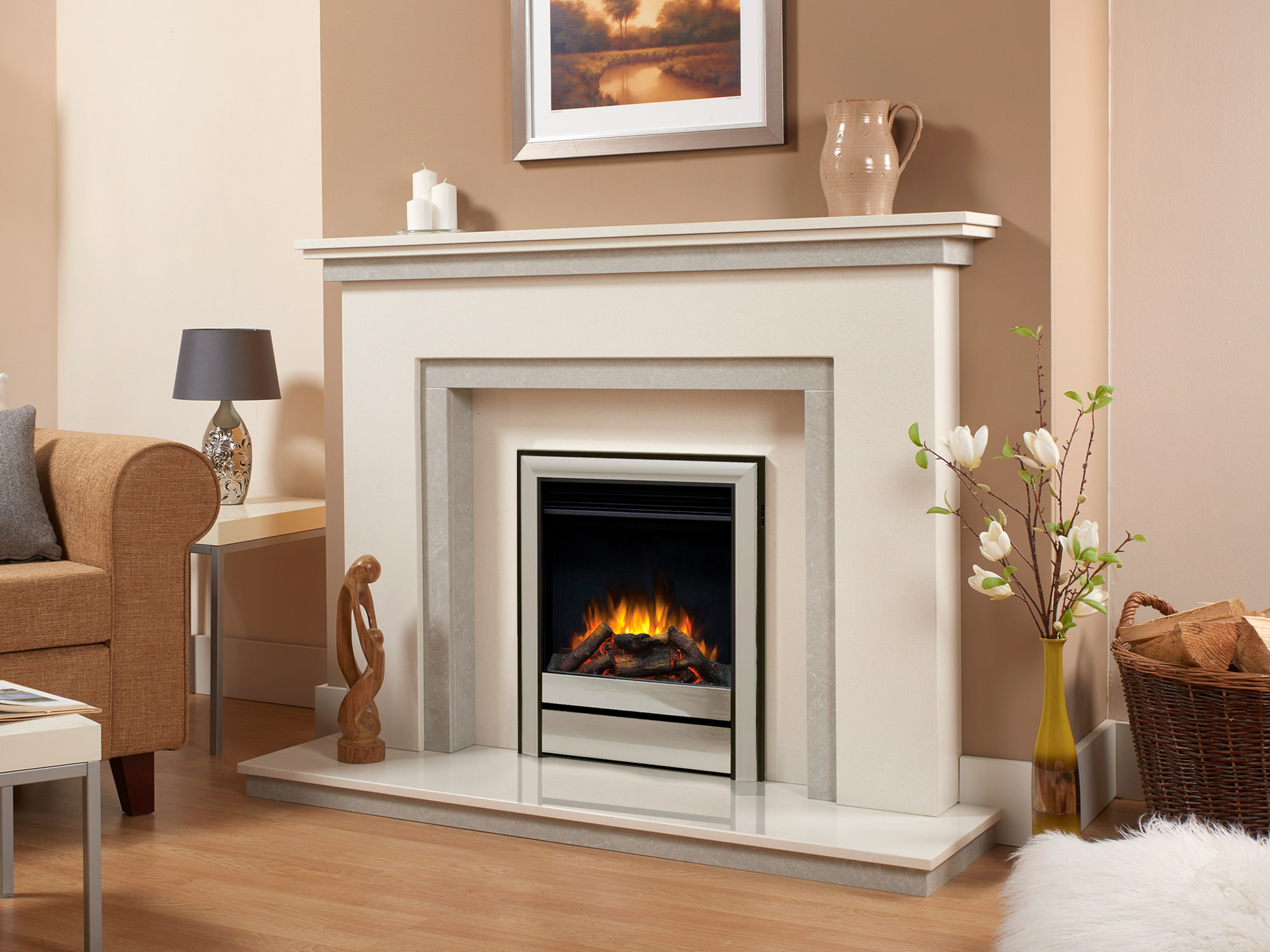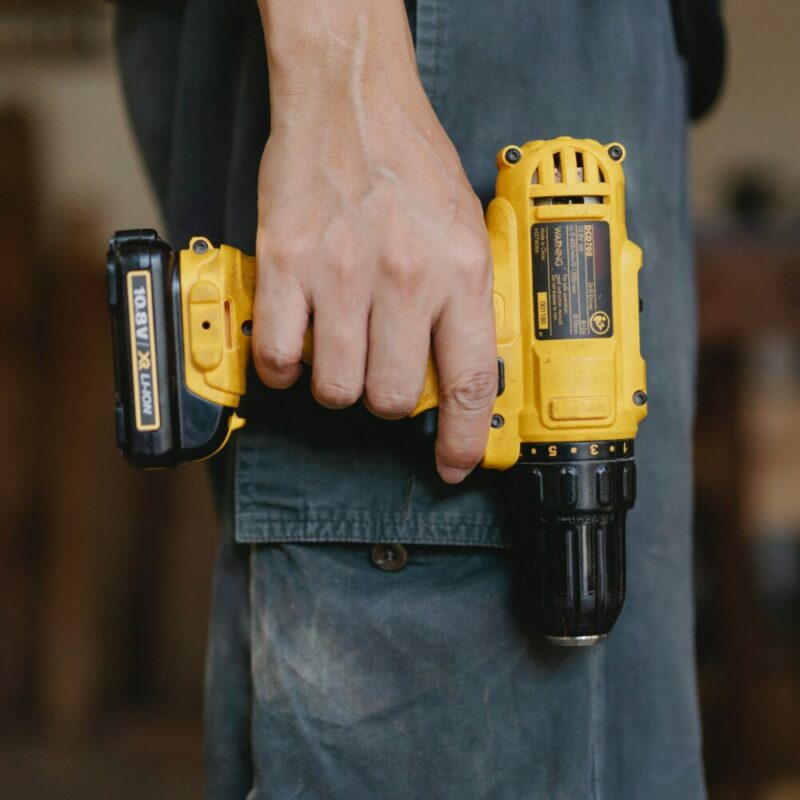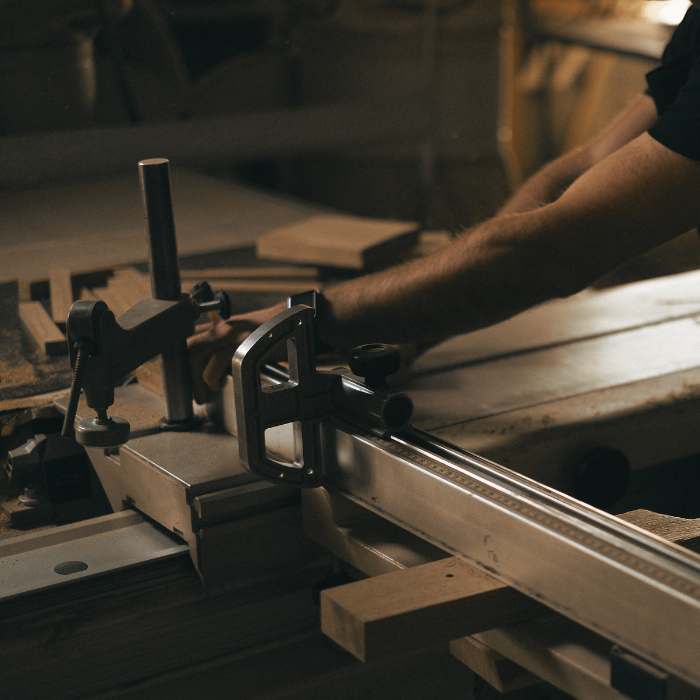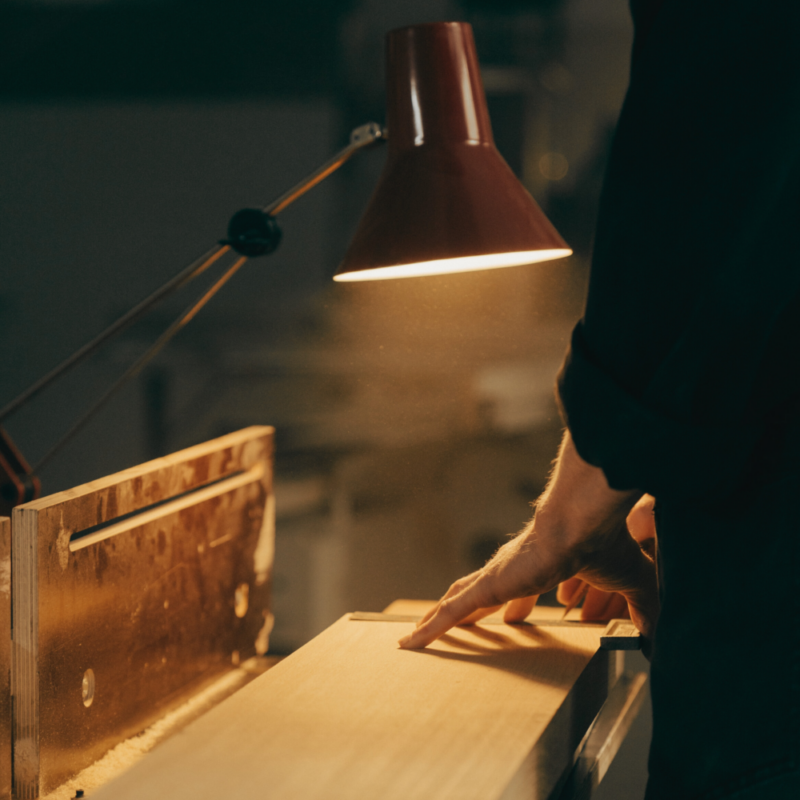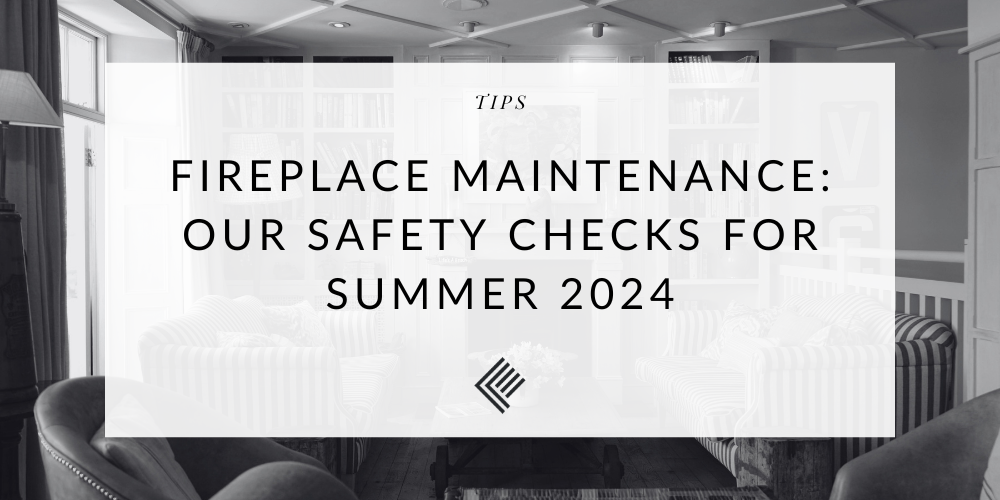
Table of Contents
When there’s sunshine outside, the fireplace is mainly unused for months at a time; it’s tempting to forget all about it. Whilst we all like a little rest and relaxation, there’s a problem with putting key issues like fireplace maintenance to one side for too long.
Summer is the ideal time to examine your stove or fireplace. This will give you the leeway you need if work is required. You don’t need your fireplace for heat at this time of year—that much we know—which gives you more time to get everything in order. To ensure you know what to look for, we’ll discuss our critical tips for fireplace maintenance.
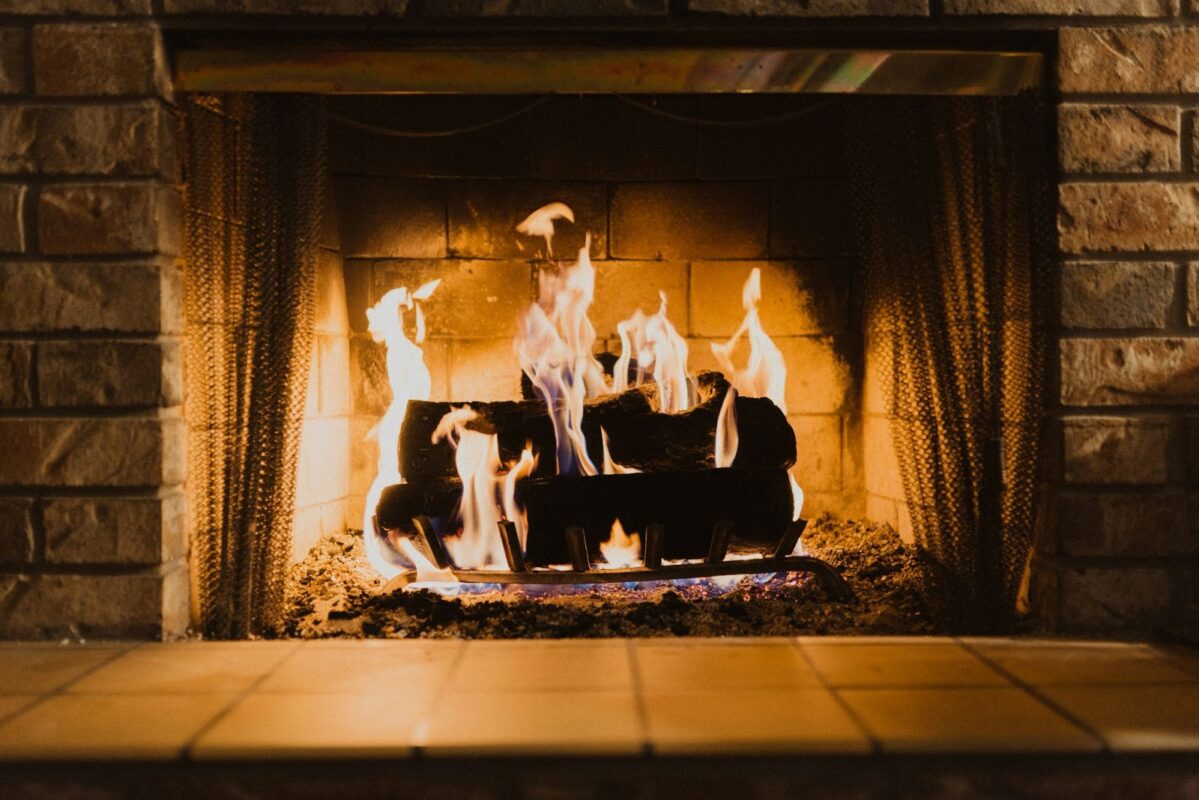
Open Fireplace Maintenance: Cracks & Cleaning
If you’re burning solid fuel in an open fireplace, maintaining it correctly is crucial for ensuring its longevity and safety. During the summer months, it’s the perfect time to address three key aspects of fireplace maintenance: masonry cracks, thorough cleaning and fireplace accessories. Let’s start with the first essential fireplace maintenance task and then take things from there.
Addressing Masonry Cracks
Cracks will naturally appear in the surrounding masonry and brickwork, which frames your open fire. While we obviously don’t want that to happen, the general wear and tear that occurs when you run a roasting hot open fire for months at a time is bound to cause it. Rather than turning a blind eye or cursing your luck, the best approach is to be proactive with your fireplace maintenance so that a few small cracks don’t turn into something bigger.
You may think that a few minor defects add a little rustic character and country charm to the place and that there’s nothing wrong with them. The problem is that before you know it, you’ll have loose brickwork and poor resistance to the heat that will come back with a vengeance come the winter.
To make sure it stands the best possible chance of lasting for many more years to come, take your time to hire a professional to patch things up. They will know exactly which types of mortar and sealant to use to make sure every stone is held in place the right way. This simple but effective fireplace maintenance tip is ideal when you want an open fire that will stand the test of time in style.
Comprehensive Open Fireplace Cleaning
Next up, we need to pay more attention to the cleaning side of things than we may have done in the past. An open fire burns so much faster than a stove due to the large influx of air that fuels the flames. Before you know it, a large ash heap has appeared under the grate, which then starts to smother the flame and reduce the clean nature of the burn.
Removing the grate and other pieces of metalwork is the first part of the cleaning process. You can then use a standard handheld vacuum cleaner to remove any ash you can’t readily access with a small brush. Take your time, don’t feel rushed, and remind yourself that you’re guaranteeing a nice, clean burn the next time you light the fire.
Checking and Replacing Fireplace Accessories
In addition to inspecting for cracks and cleaning, another important summer fireplace maintenance task for open fireplaces is checking and replacing fireplace accessories. These accessories play a crucial role in the functionality and safety of your fireplace.
Start by examining your set of fireplace tools, including the poker, tongs, brush, and shovel. Ensure they are in good condition and free from rust or damage, and replace any worn-out or broken tools to maintain safe handling of the fire.
Next, inspect the fireplace grate for signs of warping or deterioration due to prolonged exposure to heat. A sturdy grate is necessary for supporting logs and ensuring proper airflow, so replace it if needed to maintain efficient burning. Additionally, if you use log holders or andirons, check their condition and stability. These accessories help keep logs in place, promoting better air circulation and a more controlled burn.
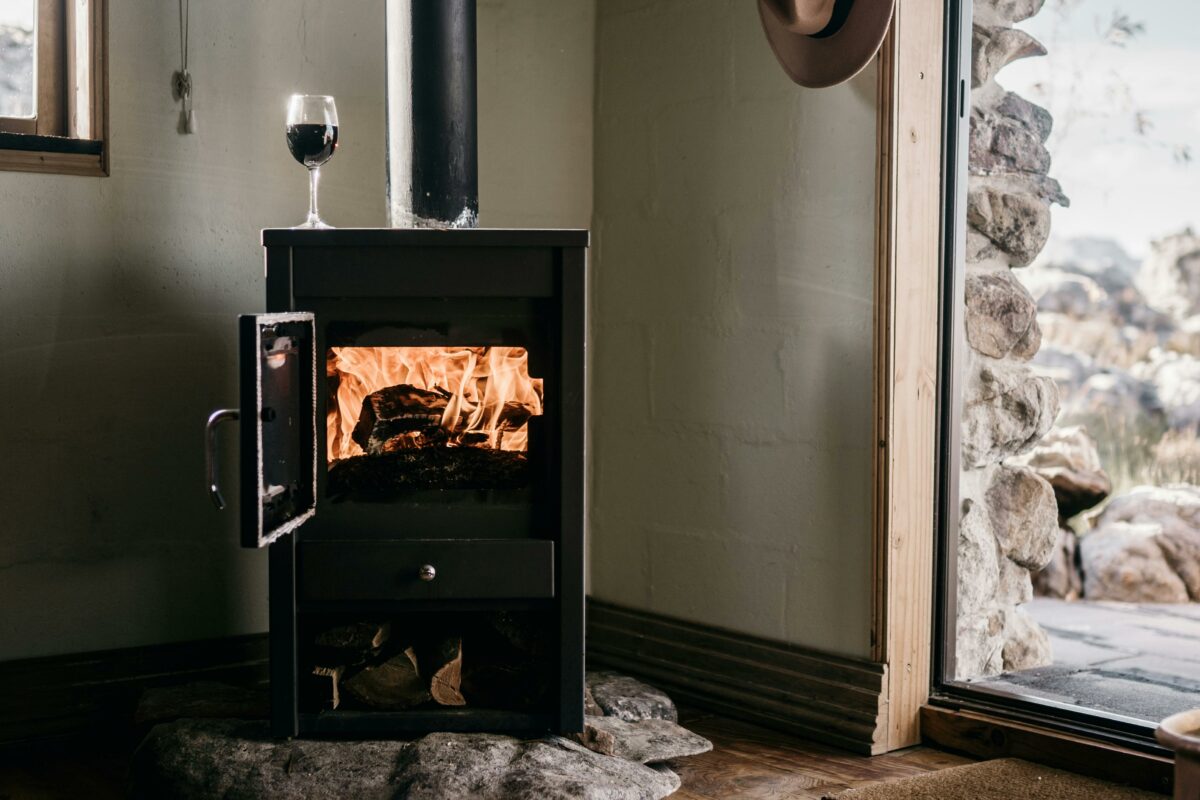
Stove Fireplace Maintenance: All the Key Checks
Proper and correct maintenance of your stove is key to ensure it operates safely and efficiently, providing you with reliable warmth throughout the winter months. Summer is the perfect time to perform these important checks and tasks, allowing you to address any issues before the cold weather sets in. In this section, we will cover all the key maintenance checks you need to keep your stove fireplace in top condition.
Cleaning Out the Firebox
Like an open fire, a stove will build up ash at such a rate during the winter that it can be hard to keep up with. Little nooks and crannies inevitably get missed when you want to get the heat flowing around the room, and there’s nothing wrong with that. But when it’s summer, you need to make good use of all that extra time you have by cleaning out the firebox. The best piece of fireplace maintenance I can offer is to follow our helpful guide on how to clean your stove this summer, this ensures a healthy flame, glowing red heat, and a clean burn that will make all the difference.
Inspecting and Replacing Fire Bricks
Fire bricks are next on your list of fireplace maintenance tasks — we need a thorough visual inspection that will spot cracks and slippage. Any crack, no matter how small and harmless it may appear, can be dramatically increased in size in short order once the stove’s heat gets going. The considerable temperature swings involved in heating your home this way mean that materials inevitably crack and wear as they expand and contract. The stove manufacturers typically sell replacement fire bricks, which are easy to install if you’re blessed with some DIY know-how!
Checking Baffles and Catalytic Combustors
Your stove should also come with a set of baffles or a specialist catalytic combustor that helps it keep burning the right way. Check how they look and compare them to any images you can find online or in the stove’s manual you will have been left with after the installation. While small, anything you can catch now will save you money in the long run, by allowing you to make much more minor repairs than will be needed by the middle of winter.
Inspecting and Replacing Door Gaskets
Another essential fireplace maintenance tip for your stove is to check your the door gaskets once the summer begins. Take a single side of A4 paper, place it between the door and the sealing face of the stove, and then close the door. You need a new door gasket if you can pull the paper out without ripping it. These components are cheap (typically only around £5) and can be fitted with minimal effort.
Gaskets will corrode and wear out over time due to the massive temperature gradients they experience throughout standard stove operation. Ensuring they always provide an airtight seal will ensure that you can light your fire and have it running in the most efficient way possible.
Checking The Flue Pipe
It’s crucial to ensure your stove’s flue pipe is in good condition. The flue pipe plays a vital role in safely venting smoke and gases out of your home. Begin by conducting a thorough visual inspection of the pipe, looking for any signs of damage, rust, or blockages. If you notice any issues, it’s important to address them immediately, by seeking professional assistance for repairs.
Inspecting and Cleaning Glass
Finally, we all love to look at burning logs through nice clear glass, so it’s time to clean it with a damp cloth. For large build-ups on the glass, you may need to scrape with an appropriate tarnish-removal tool and use a purpose-made glass cleaner.
Consider your cleaning more of an inspection, if you notice any cracks or chips in the glass, it’s crucial to replace it immediately. Damaged glass can be a safety hazard, as it may shatter under high temperatures or fail to contain the fire properly. Always ensure you use stove glass, specifically designed for stoves, and if in doubt, consult a professional to carry out the replacement safely and correctly. Maintaining clear and intact glass not only enhances your enjoyment of the stove but also ensures safe and efficient operation.

Gas Fireplace Maintenance: Annual Service Time
Maintaining your gas fireplace is essential to ensure it operates safely and efficiently, providing you with consistent warmth throughout the colder months. Dealing with gas is a little more tricky due to the tight regulations, but by scheduling regular gas fireplace maintenance by a Gas Safe registered professional and taking a proactive approach, you can prevent potential hazards and keep your fireplace in peak condition. In this section, we’ll cover the key fireplace maintenance tasks you need to perform, from annual professional servicing to routine inspections and cleaning.
Annual Professional Servicing
The key fireplace maintenance task when looking after gas appliances is to ensure they are serviced annually by a Gas Safe Registered engineer. This will ensure that everything is in good working order and allow you to sleep easy, knowing that nothing dangerous or potentially hazardous has been missed.
Additionally, it’s crucial to note that most gas fireplace warranties require annual servicing to remain valid. Skipping this step could void your warranty, leaving you unprotected in case of future issues. For more information on ensuring your engineer is legitimate, check out our blog, Our Essential Tips to Check a Gas Safe Engineer is Legit!.
Inspecting and Cleaning Components
Regularly inspect and clean the components of your gas fireplace to maintain its efficiency and safety. This includes:
- Pilot Light and Ignition System: Ensure the pilot light and ignition system are clean and functioning correctly. Dust and debris can obstruct the flame and cause ignition issues.
- Gas Logs and Burner: Clean the coals, pebbles or log fuel bed to remove any dust or soot build-up. This helps maintain a clear, efficient flame and prevents blockages.
- Ventilation System: Check the ventilation system for blockages or damage. Proper ventilation is crucial for safely expelling combustion gases.
Checking for Gas Leaks
The first and most obvious sign of a gas leak is a sulphur-like odour that some have compared to rotten eggs. Other signs to look for include a hissing or whistling sound of gas escaping, bubbles, dust or cloud in standing water, and obvious signs of physical damage to pipes and hoses carrying your gas supply to your appliances and boiler. Ben Gallizzi, Senior Content Editor at Uswitch
Regularly check for gas leaks by inspecting the gas lines and connections. If you smell gas or suspect a leak, turn off the gas supply immediately and contact a professional to inspect and repair the issue.
Carbon Monoxide Detector
Another important fireplace maintenance tip is to ensure you have a working carbon monoxide detector installed near your gas fireplace. Test the detector regularly and replace batteries as needed. This is a crucial safety measure to protect against the risk of carbon monoxide poisoning.
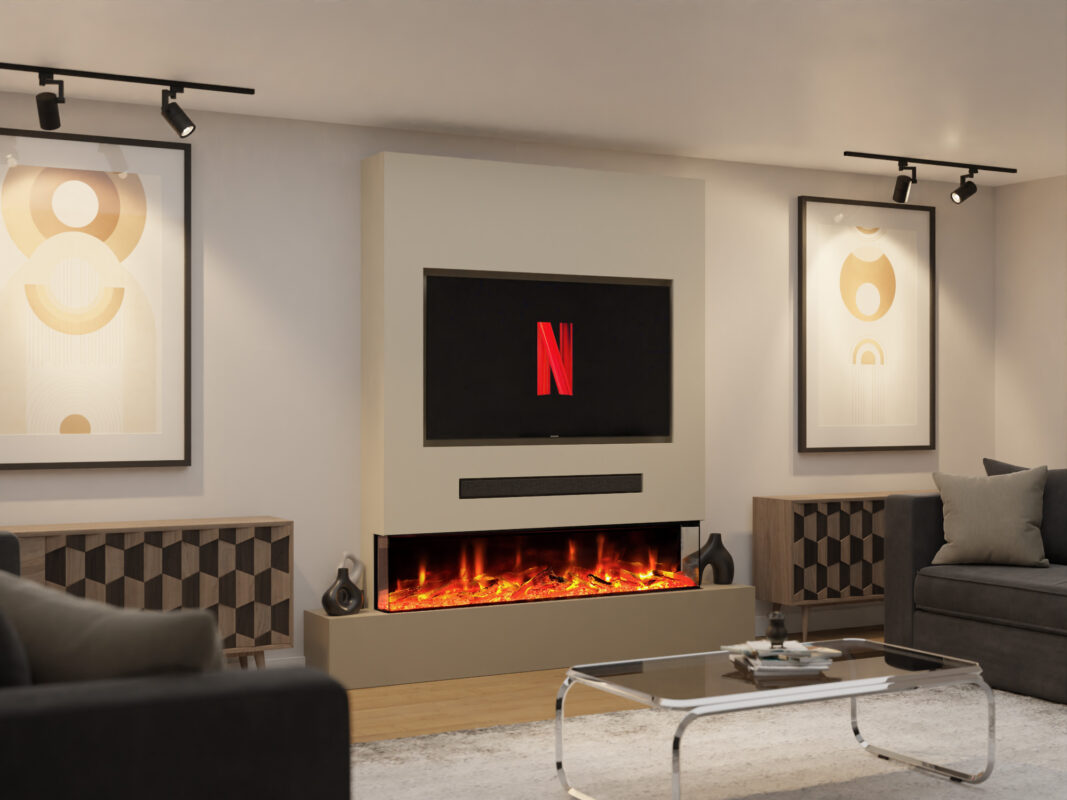
Electric Fireplace Maintenance: A Few Simple Tasks
Electric fireplaces require less fireplace maintenance than their gas and solid fuel counterparts, which is potentially why we are continuing to see a surge in popularity! But there are still a few essential tasks to keep them running efficiently and safely this summer.
Dusting and Cleaning
To maintain your electric fireplace, start with dusting and cleaning. For exterior cleaning, use a soft, damp cloth to wipe down the surfaces and remove dust and fingerprints. Avoid abrasive cleaners or materials that might damage the finish. For interior cleaning, if your electric fireplace has a glass front, clean it with a suitable glass cleaner to keep the flame effect clear, and refer to the manufacturer’s instructions for any specific cleaning recommendations.
Check Electrical Connections
Next, check the electrical connections. Regularly inspect the power cord and plug for any signs of wear or damage. If you notice fraying or exposed wires, stop using the fireplace immediately and have the cord replaced by a professional. Additionally, ensure that all electrical connections are secure and that the unit is plugged into a properly grounded outlet, avoiding the use of extension cords as they can be a fire hazard.
Vent Maintenance
For vent maintenance, clean them regularly to prevent dust build-up, which can impact performance, safety (and cause a horrid smell). Use a vacuum with a brush attachment or a can of compressed air to remove dust and debris. Some electric fireplaces have air filters that need to be cleaned or replaced periodically, so check your owner’s manual for instructions on how to access and maintain the filter.
Functional Checks
Periodically test the fireplace to ensure all functions, including the flame effect, heater, and remote control, are working correctly. If you encounter any issues, refer to the troubleshooting section of the manual or contact the manufacturer for assistance.
Finally, for smart electric fireplaces, ensure that any software or firmware updates are installed to keep the unit running smoothly and securely.

Chimneys and Flues: Time to Call the Sweep
We couldn’t go through a fireplace maintenance article without mentioning chimney sweeps. There is still a time and a place for a good old-fashioned chimney sweep this summer! And speaking of summer, did you know it’s also wedding season? Weddings and chimney sweeps share a bit of history and charm. If you happen to be getting married soon and are a fan of interesting traditions, consider having a chimney sweep at your wedding for good luck!
That said, the importance of getting a good chimney sweep round cannot be overstated. The purpose of a chimney is to fuel a fire by drawing in clean air while also serving as an exhaust that expels virtually all of the dirty air resulting from combustion. If your chimney has not been regularly cleaned and well maintained, it will not be able to do either of these key tasks.
Sticky chemicals called creosotes will build up in the chimney, starving the fire of clean air and potentially acting as a combustion pathway. Every single year, hundreds of home fires in all parts of the UK start this way. In virtually every case, danger could have been readily averted by hiring a chimney sweep.
A skilled sweep won’t just clean out your chimney and flues — you can also ask them to inspect the external brickwork. They will know when a chimney needs repointing or a flagstone needs replacing, so who better to ask, given that they are already over at your place? If you’re lucky, you’ll also find that they know a local builder who can take care of any external fireplace maintenance work needed in plenty of time for the cold snap that we all know will be here before we know it. It’s ideal when you want to take care of everything with one quick call to someone in the know.
Final Thoughts & Disclaimer
Taking a proactive approach to fireplace maintenance is the only way to ensure your home is heated safely, securely, and cleanly throughout the winter. While it might not be too far up your list of priorities when the sun is shining, just imagine how frustrating it will be if you have to go without that glowing warmth for a week during a cold snap.
A little bit of forward planning today will make sure everything is warm and toasty when there’s a strong wind blowing and the nights are rapidly closing in.
The information provided in this article is intended for general informational purposes only and does not constitute professional advice. Fireplace maintenance and repair can be complex and potentially hazardous. For accurate diagnosis and appropriate solutions to fireplace issues, it is always recommended to consult with a certified professional. Regular inspections by yourself and fireplace maintenance by qualified experts are essential to ensure the long term safety and efficiency of your fireplace.

